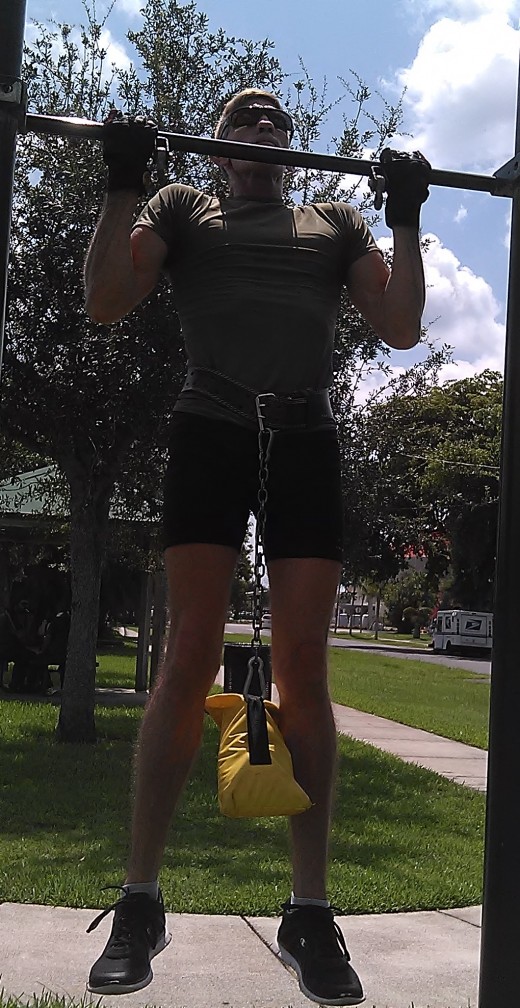Developing a fitness base is important for both the health and performance benefits of a regular fitness regimen. A comprehensive program, or total conditioning, is designed to develop capabilities across all physical fitness components. Many athletes used the total conditioning approach when developing their off-season and pre-season workout plans. Members and services of the U.S. Armed Forces couple total body conditioning with military skills in order to best prepare for the rigors of combat. The components of physical fitness are:
a. Agility – the ability to quickly change directions;
b. Cardiovascular Endurance – the ability of the cardio-respiratory system to deliver oxygen and nutrients to muscles;
c. Coordination – the ability to combine simple movements into an efficient complex movement;
d. Flexibility – the ability to move joints through a full range of motion;
e. Muscular Endurance – the ability to execute movements repeatedly;
f. Muscular Strength – the ability to produce force;
g. Power – the ability to quickly produce maximal force;
h. Speed – the ability to move quickly from one point to another.
i. Stamina – the ability to sustain rigorous activity.
A total conditioning program combines these fitness components and may be coupled with an athletic or functional program to maximize strengths while mitigating weaknesses.

No comments:
Post a Comment